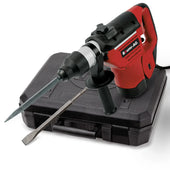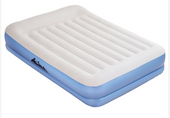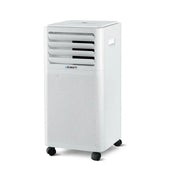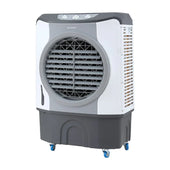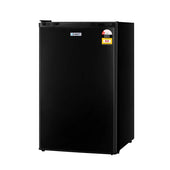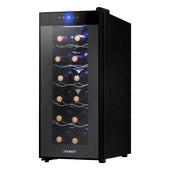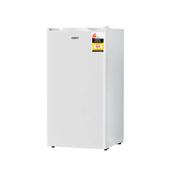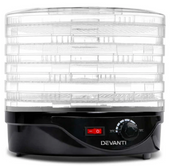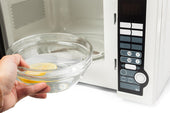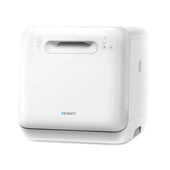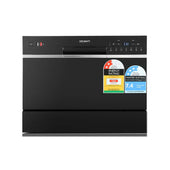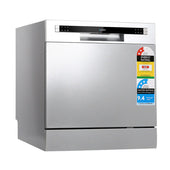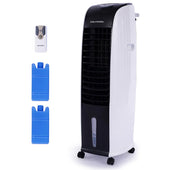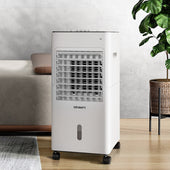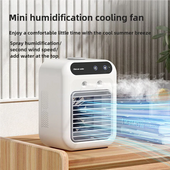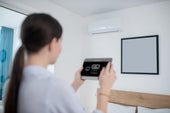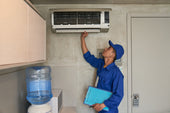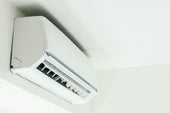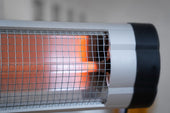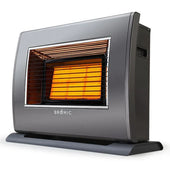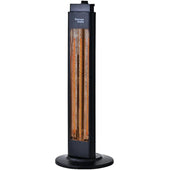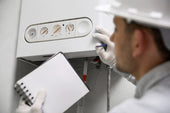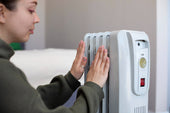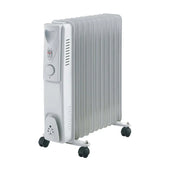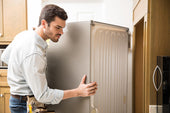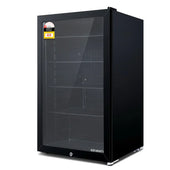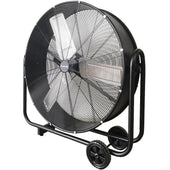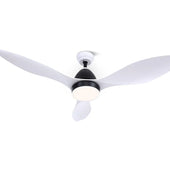Introduction: Why Laptop Maintenance Matters
Proper laptop maintenance is essential for ensuring optimal performance, longevity, and user safety. Dust, dirt, and debris can accumulate over time in vents, keyboards, and screens, potentially obstructing airflow and affecting temperature regulation. This can lead to system overheating, decreased processing efficiency, and increased wear on internal components. Additionally, neglecting regular cleaning can result in unsanitary conditions, including bacteria build-up on commonly touched surfaces.
At During Days, we believe that maintaining a clean laptop not only enhances hardware performance but also preserves its aesthetic appeal. Regular upkeep can prevent costly repairs or replacements by identifying potential problems early. Understanding the importance of maintenance underscores the need for safe and thorough cleaning practices.
Essential Tools You Need Before Starting
Before cleaning a laptop, it is crucial to gather the proper tools to avoid causing damage. Using inappropriate items can harm sensitive components or even void warranties.
- Microfibre Cloths: Useful for gently removing dust and fingerprints without scratching delicate surfaces.
- Compressed Air Canisters: Ideal for cleaning hard-to-reach areas like keyboards and vents by blowing out debris.
- Isopropyl Alcohol (70% or Higher): Effective for disinfecting and cleaning grime without leaving residue or damaging electronics.
- Soft-Bristled Brush: Helps remove stubborn dirt from vents and between keys.
- Small Screwdrivers: Optional but useful for disassembling if deeper cleaning is required.
- Cotton Swabs: Perfect for precision cleaning, especially tight corners around the screen or keyboard.
Having these tools ensures a safe and thorough cleaning process while protecting the laptop.
Step-by-Step Guide to Powering Down Safely
- Save ongoing work Ensure all documents and programmes are saved and closed to prevent data loss. Check for unsaved changes before proceeding.
- Close active applications Exit all applications running in the background, including browser tabs and software. This minimises potential disruption during cleaning.
- Disconnect external devices Unplug all peripherals such as keyboards, mice, USB drives, and headphones. Safely eject storage devices to avoid possible damage.
- Power down the laptop Shut down the laptop through its operating system rather than forcefully holding the power button. This protects the hardware and software.
- Unplug the charger Disconnect the laptop charger or power cable from the socket and laptop to avoid electrical risks during cleaning.
- Remove the battery (if removable) If the design allows, take out the battery to reduce chances of electrical interference while handling the device.
Cleaning the Outer Shell: Best Practices
To maintain the exterior of a laptop, start by shutting it down and unplugging it from any power source. This reduces risk during the cleaning process. For loose dirt or dust, use a microfiber cloth, which minimises the likelihood of scratches. Lightly dampen the cloth with water—avoiding excess moisture—and gently wipe the surfaces, focusing on commonly touched areas like the lid and palm rest.
Stubborn marks may require a solution of water and isopropyl alcohol (70% concentration or lower). Apply the solution to the cloth, not directly onto the laptop. Ensure the device is fully dry before powering it back on.
How to Clean Your Laptop Screen Without Damage
Cleaning a laptop screen safely requires caution and the right materials. To start, power down the laptop and unplug it to avoid electrical issues. Use a soft, lint-free microfibre cloth to prevent scratches. For dry cleaning, gently wipe the screen in circular motions to remove dust and fingerprints.
If a deeper clean is needed, dampen the microfibre cloth slightly with distilled water or a mixture of equal parts distilled water and white vinegar. Avoid spraying directly onto the screen to prevent liquid damage. Refrain from using harsh chemicals, paper towels, or abrasive materials, which can harm the screen surface.
Keyboard Cleaning Techniques: Removing Dirt and Dust
To effectively clean a laptop keyboard, careful attention should be given to removing accumulated dirt and dust. Start by turning off the laptop and unplugging it for safety. Gently invert the device and lightly shake it to dislodge loose particles. For stubborn debris, compressed air can be used—spray at an angle to avoid forcing dirt further into the keyboard.
If residue persists, utilise a soft, lint-free cloth slightly dampened with isopropyl alcohol to wipe the keys. Cotton buds are ideal for cleaning tight spaces between keys. Avoid excessive pressure or liquid to prevent damage to sensitive components.
Tackling the Ports and Fans: Avoiding Overheating Hazards
Maintaining clean ports and fans is crucial to prevent overheating that could damage vital components. Users should begin by shutting down the laptop and disconnecting it from power. Ports can be cleaned using compressed air or a soft brush to gently dislodge debris, taking care not to push particles further inside. For fans, compressed air blown at an angle helps remove dust without harming delicate mechanics. If possible, users may access internal fans by following the manufacturer’s instructions. Ensuring proper airflow allows the laptop to regulate temperature effectively, supporting optimal performance and extending device longevity.
Deep Cleaning the Internal Components: When and How
Internal cleaning is recommended every 6 to 12 months to prevent overheating and hardware damage. Before starting, ensure the laptop is powered down, unplugged, and the battery removed (if possible). A clean, static-free workspace is essential to prevent component damage.
- Disassemble Carefully: Refer to the laptop’s manual for guidance. Use appropriate tools, such as precision screwdrivers, to avoid stripping screws. Set screws aside in labelled containers.
- Dust Removal: Use a can of compressed air to dislodge dust from fans, vents, and heat sinks. Hold the can upright to avoid releasing moisture. Avoid blowing directly on internal parts.
- Inspect and Reassemble: Check for damaged wires or loose connections before reassembling. Replace worn thermal paste on the CPU if necessary. Follow reverse steps for reassembly.
Always work patiently, as rushing can lead to accidental damage.
Dos and Don’ts of Using Cleaning Agents on Your Laptop
Dos
- Use microfibre cloths: Ideal for cleaning screens and surfaces without causing scratches or damage.
- Opt for safe cleaning solutions: Use alcohol-based or pre-approved liquids designed for electronics rather than regular household cleaners.
- Dilute solutions appropriately: Ensure the cleaning agent is mixed with water in recommended proportions to prevent residue buildup.
- Disconnect power sources: Unplug the laptop and remove batteries before applying any cleaning agent to avoid electrical mishaps.
- Test on a small area: Use the cleaning agent on a discreet part of the laptop first to ensure compatibility.
Don’ts
- Avoid harsh chemicals: Products containing ammonia or bleach can corrode sensitive surfaces and internal components.
- Never spray directly: Always apply cleaning solutions on a cloth instead to prevent liquid seeping into the laptop.
- Don’t use abrasive materials: Hard sponges or steel wool can cause irreparable scratches.
- Avoid excess moisture: Too much liquid can compromise the device’s circuitry or keyboard.
- Skip random DIY hacks: Avoid untested online recommendations that may harm your device.
Tips for Maintaining a Clean Laptop in the Long Run
- Clean Regularly: Schedule weekly or bi-weekly cleaning to prevent dust accumulation on the keyboard, vents, and screen. A soft microfiber cloth and compressed air can be used effectively.
- Wash Hands Before Use: Encourage clean hands to minimise oil and dirt transfer onto the keyboard and touchpad.
- Keep Food and Drinks Away: Avoid spills and crumbs by maintaining a no-eating or drinking policy near the laptop.
- Invest in Laptop Accessories: Use items such as keyboard covers and screen protectors to shield components from dirt and debris.
- Store Properly: Place the laptop in a case or sleeve when not in use to protect it from dirt, dust, and accidental scratches.
- Ensure Good Ventilation: Avoid using the laptop on soft surfaces and periodically check and clean air vents to prevent overheating.
Common Mistakes to Avoid When Cleaning Your Laptop
Proper laptop cleaning is essential, but certain missteps can lead to unnecessary damage. Avoid these common mistakes to keep your device in optimal condition:
- Using Harsh Cleaning Agents: Abrasive chemicals, such as bleach or ammonia, can damage your screen or keyboard. Stick to a microfibre cloth and approved cleaning solutions.
- Applying Liquid Directly to the Laptop: Spraying liquid directly on the surface can cause it to seep into openings, leading to internal damage. Always dampen a cloth first.
- Ignoring Compressed Air Guidelines: Using compressed air incorrectly—like holding it too close or tilting the can—may damage components or blow dirt further inside.
- Skipping Proper Disconnection: Cleaning while the laptop is powered on or connected to its charger risks electrical issues. Ensure it is unplugged and powered down.
- Using Excessive Pressure: Applying too much force when cleaning the screen or keys can result in scratches or broken keyboard mechanisms. Maintain a gentle touch.
Awareness of these pitfalls ensures safer and more effective laptop cleaning.
Expert Recommendations and Additional Resources
- Use Manufacturer Guidelines: Always refer to the laptop’s user manual or the manufacturer’s website for specific cleaning instructions to avoid damaging sensitive components.
- Choose the Right Cleaning Tools: Professionals recommend using microfibre cloths, isopropyl alcohol (70% or higher), compressed air, and soft brushes for dusting. Avoid harsh chemicals and paper towels as they can scratch surfaces.
- Watch Demonstration Videos: Trusted tech channels on platforms like YouTube often share detailed cleaning tutorials featuring step-by-step processes tailored to different laptop models.
- Seek Repair Centre Advice: If uncertain about cleaning delicate parts like fans, hinges, or internal components, consult authorised repair centres to prevent errors.
- Explore Online Guides: Websites such as TechRadar or CNET offer comprehensive resources with expert-backed cleaning procedures.
“Proper care ensures longevity, improves performance, and minimises risks of accidental damage.”
Conclusion: Ensuring Longevity Through Proper Care
Proper care is essential for maintaining a laptop’s performance and extending its lifespan. Regular cleaning helps prevent dust accumulation, overheating, and hardware malfunction. Users should use appropriate tools, such as microfibre cloths, compressed air, and isopropyl alcohol, to clean both the screen and internal components, avoiding abrasive cleaners or excessive moisture.
Maintaining a clean work environment and storing the laptop in safe conditions can further reduce the risk of damage. Following manufacturer guidelines ensures that cleaning practices do not void warranties or harm delicate components. Consistent care guarantees optimal functionality and preserves overall device health.






